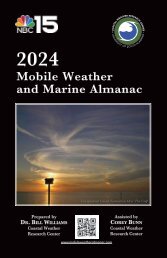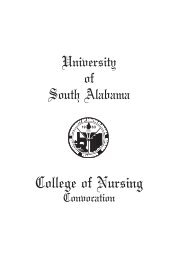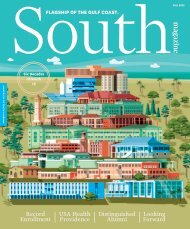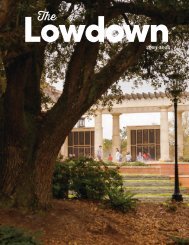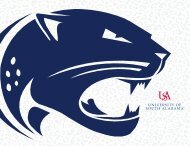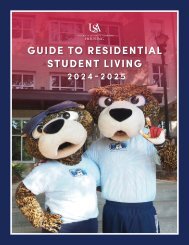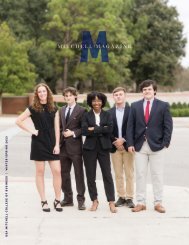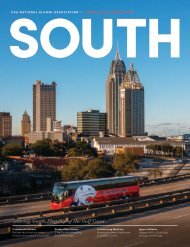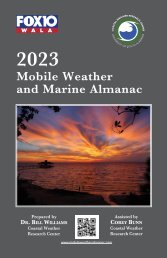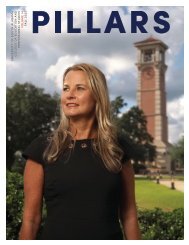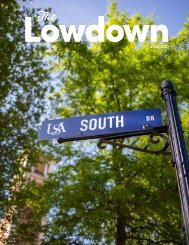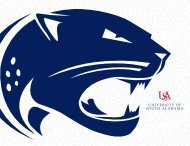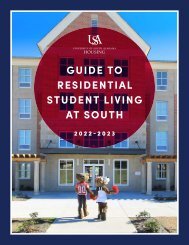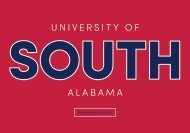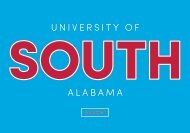JOURACA_SP_2017
Create successful ePaper yourself
Turn your PDF publications into a flip-book with our unique Google optimized e-Paper software.
Human Resource Activities in<br />
Franchise and Family Business<br />
Emma Fairbanks<br />
Organizational structure and its relationship<br />
to strategy and performance is a wellstudied<br />
topic in management. However,<br />
most research has considered large, multidivisional<br />
organizations or complex organizational<br />
forms such as a matrix organization.<br />
The purpose of this research is to gain<br />
an understanding of how different business<br />
structures in one industry, restaurants, use<br />
their organizational form, their human resource<br />
policies, and the effectiveness of<br />
these policies when compared to those of<br />
other business structures. We study three<br />
ideal types of restaurant ownership structure:<br />
corporate, franchise, and family. A<br />
corporate owner is usually passively involved<br />
and hires professional managers to<br />
run all aspects of the business. A franchise<br />
owner may be either passive or actively involved<br />
and follows an operating system to<br />
help standardize the customer experience<br />
and brand name. A family owner is actively<br />
involved in all aspects of the business and<br />
usually encourages other family members to<br />
be involved. In addition, each ideal type<br />
may be combined with another ideal type to<br />
illustrate a hybrid ownership structure. For<br />
instance, a family may own and run a franchise<br />
operation which would operate differently<br />
from a true franchise or true family<br />
business. I intend to use a qualitative, multiple<br />
case study research method by interviewing<br />
owners and managers of all six<br />
Department of Management<br />
Management<br />
Mentor: Dr. William Gillis<br />
restaurant ownership structures, along with<br />
a sampling of employees from each to determine<br />
the influence of ownership structure,<br />
size, and the effect of human resource policies.<br />
It is hypothesized that smaller businesses<br />
(based upon number of employees<br />
and units) will have better performance<br />
when they follow an ideal business form.<br />
Also, it is hypothesized that larger businesses<br />
will more likely become hybrid organizations<br />
as well as more formal in their human<br />
resource practices. Performance will be selfevaluated<br />
based on a subjective rating of<br />
managers/owners as well as employee performance,<br />
and employee satisfaction.<br />
10



